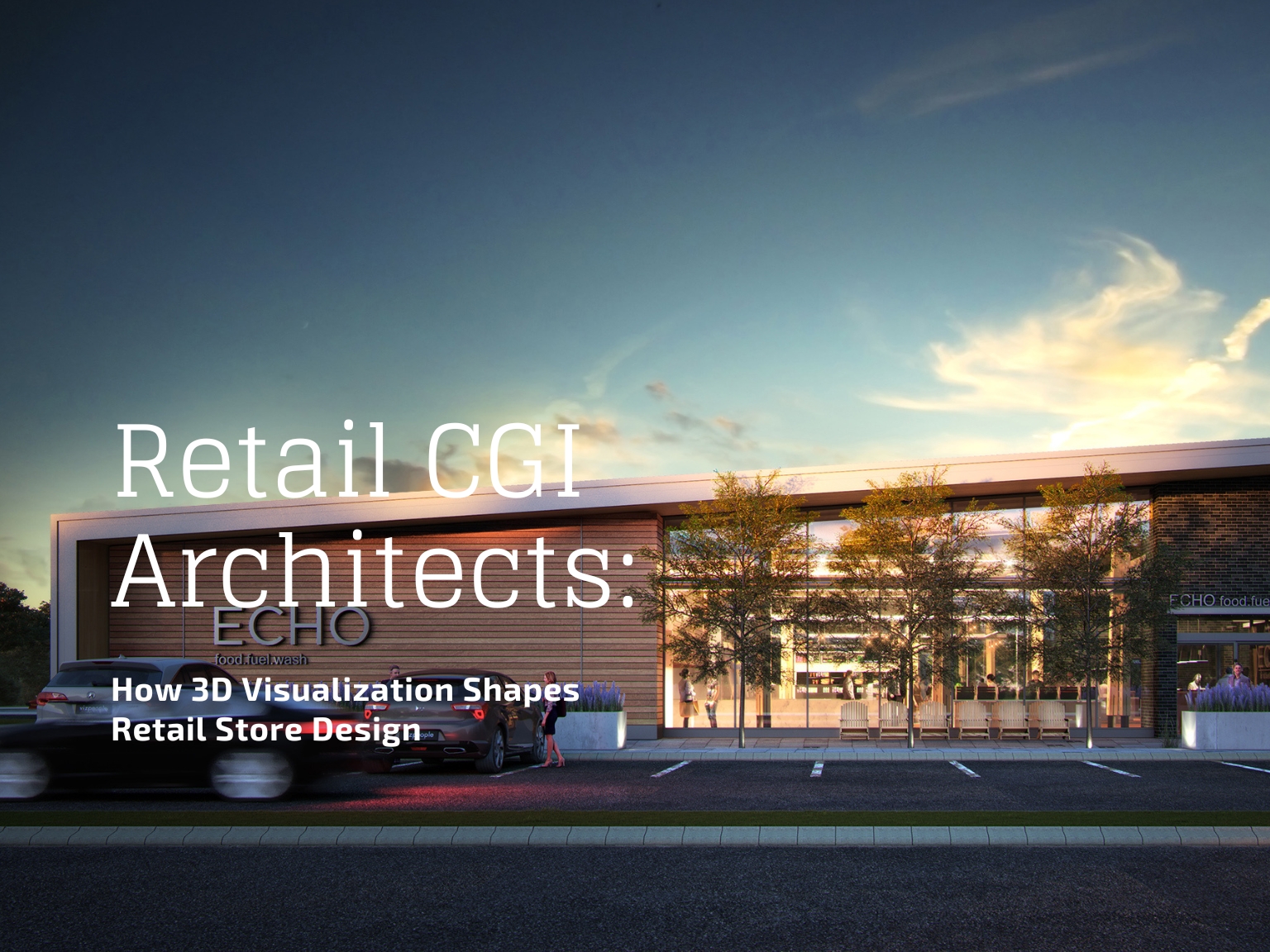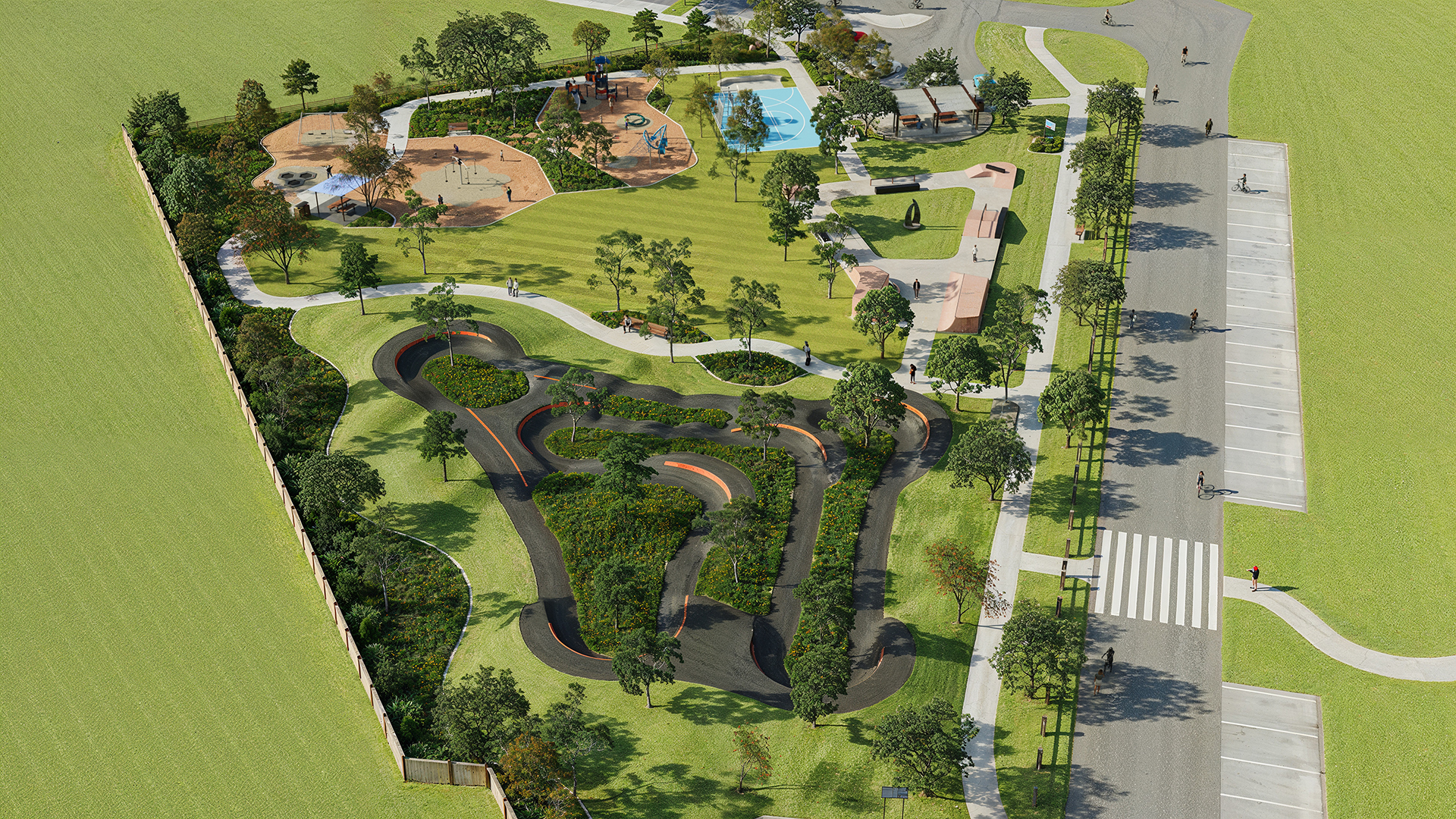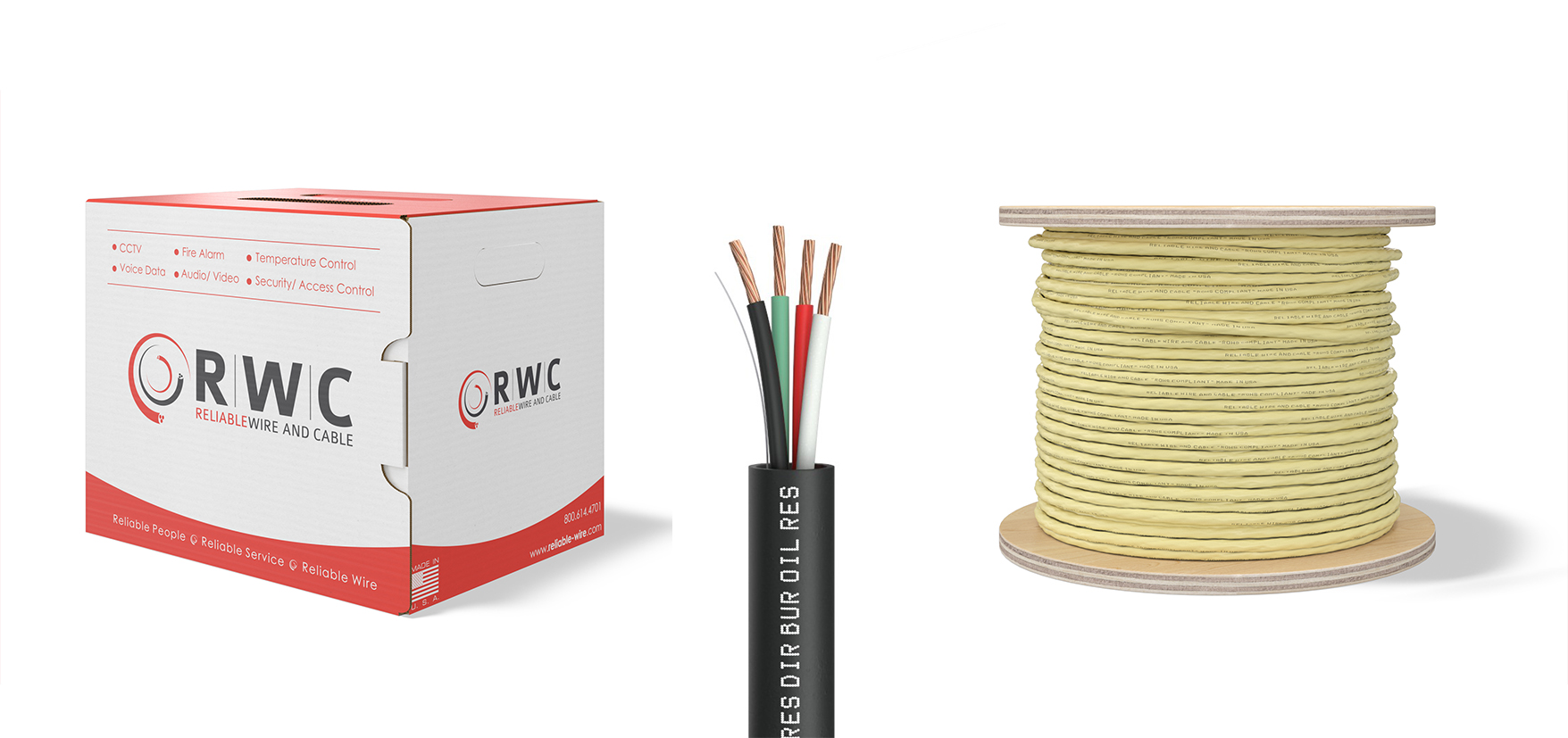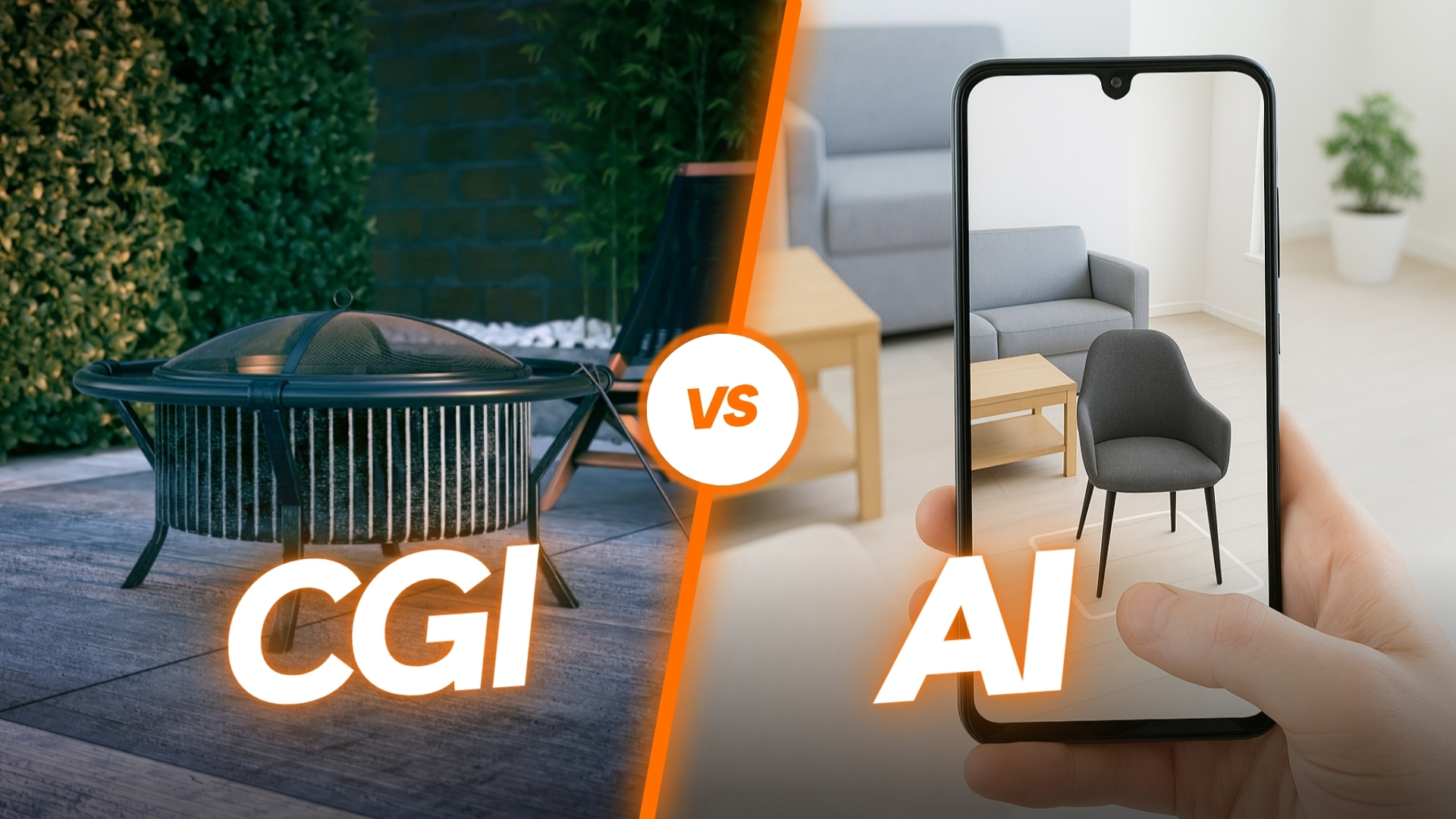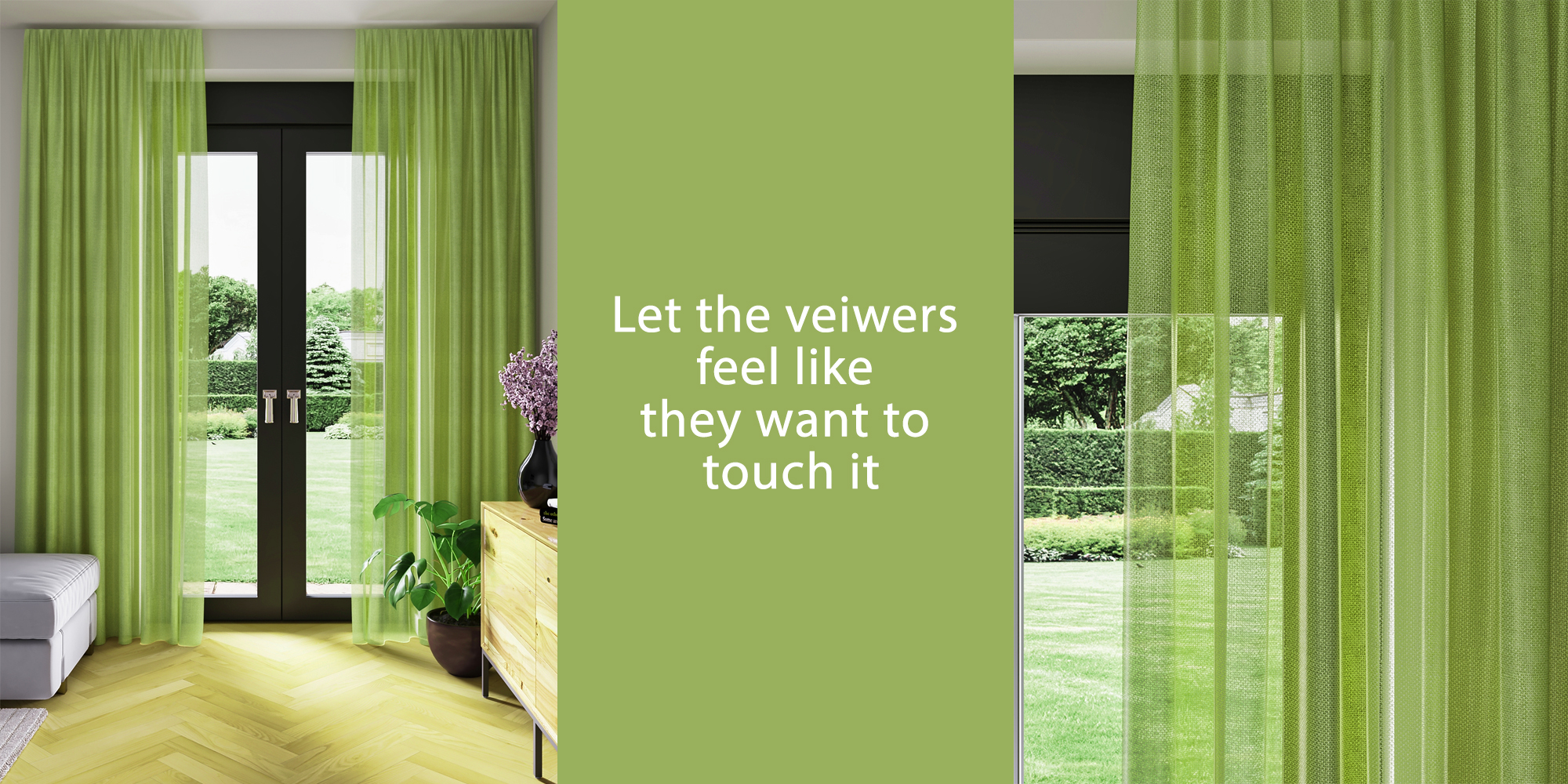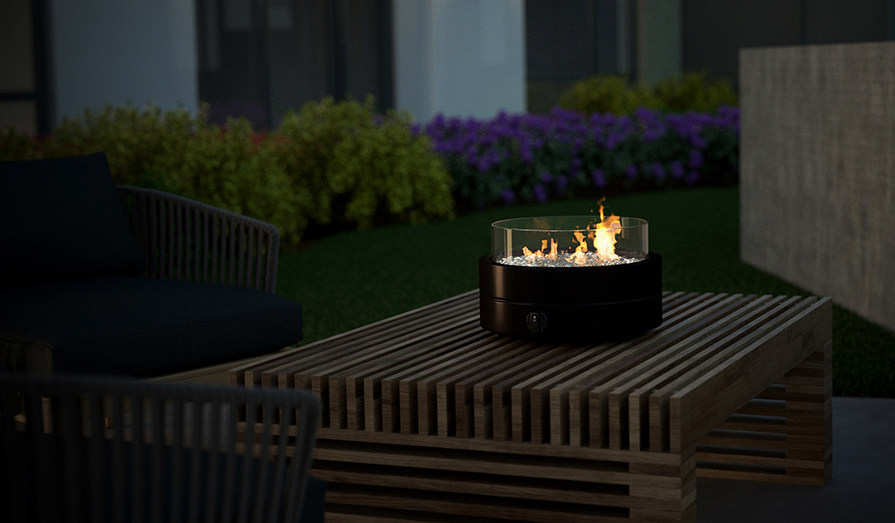Have you ever been frustrated attempting to picture your design ideas on screen, only to be let down by how flat or fake the render looks? The ability to make a realistic, high-quality digital representation can be the difference between stunning your clients and leaving them unimpressed, whether you’re designing a new building, a product prototype, or a character for a game.
To make accurate, detailed, and visually interesting renderings, you need more than just basic design skills. You need the correct tools, methods, and knowledge of how 3D rendering works. You’re not the only one who is having trouble getting to that degree of realism or efficiency. This guide will provides you the most important techniques, the best tools to use, and expert advice to help you make amazing 3D renderings that will make you stand out in your field.
The Key Techniques Behind Stunning 3D Digital Renderings
Traditional vs. Digital Rendering
Designers used to use hand drawings, physical models, or simple 2D sketches to show their ideas before 3D rendering tools became popular. Those methods are useful, but they don’t provide you the same level of detail, accuracy, or flexibility as digital rendering. But today’s 3D rendering tools allow you to create intricate, highly detailed visuals that look as realistic as photographs.
It is now easy to try out alternative design ideas, change the lighting, and add textures without having to start over from scratch every time. This is very important in fields like architecture and product design, where accuracy in visuals is quite important.
Photorealistic Rendering: Creating Images That Look Real
Photorealism in 3D digital rendering is a method that tries to make digital pictures look like real-life photography. To get this level of realism, you need to pay special attention to shadows, texturing, and lighting. Using sophisticated 3d rendering software, you can simulate real-world physical properties like reflections, refractions, and light bounce to create stunningly realistic results.
For Example, in design, photorealistic representations let consumers “walk” around buildings before they are even built. High-quality renderings can show off the finer aspects of a product, like the smooth finish of an automobile or the delicate stitching on a luxury bag.
Conceptual Rendering: Bringing Your Ideas to Life Quickly
While photorealistic rendering focuses on realism, conceptual rendering is more about conveying an idea or vision. In the early stages of design, you might not need perfect accuracy just a strong, clear visual to communicate your concept. This is where conceptual rendering shines.
For instance, an architect may use conceptual rendering to explore various design options before settling on the final plan. It’s not about precision; it’s about showing possibilities. Conceptual rendering is often used when a project is still in its brainstorming phase and is a great way to get clients excited about potential designs.
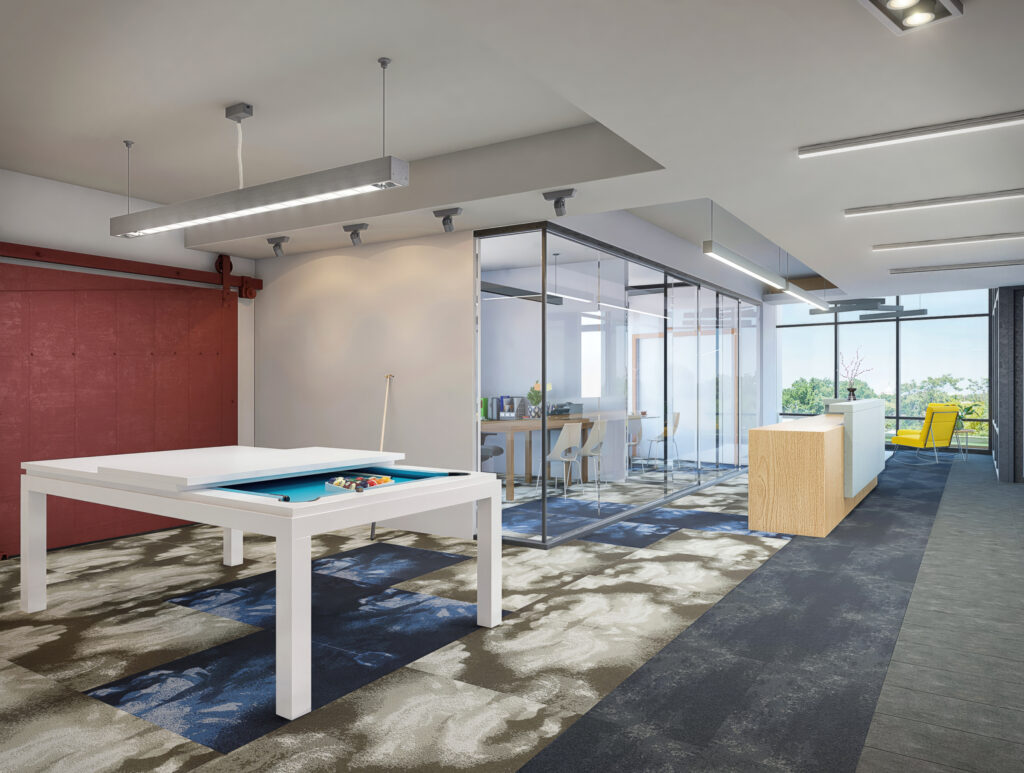
The Best 3D Digital Rendering Software in 2025
Top Rendering Software Used by Professionals
Choosing the right software can make a huge difference in the quality and efficiency of your renderings. Here are some of the most popular 3D rendering packages used by professionals in various industries:
- Blender: Blender is an open-source tool that is packed with features for 3D modeling, rendering, and animation. It’s especially popular among independent artists and small studios because it’s free and offers a wide range of tools that are usually only available in paid software.
- 3ds Max: Architects and interior designers often use 3ds Max since it is good at modeling and rendering. It’s easy to use, has great rendering possibilities, and is often used in the design field to make high-quality architectural visualizations.
- V-Ray: V-Ray is a rendering engine that works with common 3D modeling programs like SketchUp and 3ds Max. It is noted for being able to make photorealistic images and is often used by architects, product designers, and people who work in visual effects.
- Autodesk Maya: Animators, visual effects artists, and digital modelers all use Maya a lot. A lot of people in the film and gaming industries use it to make high-quality models and animations, as well as for more complicated simulations.
Choosing the Right Software for Your Needs
Think about the kind of work you do while choosing the finest software for you. Blender is a great choice if you’re just starting out or are a freelancer on a tight budget because it’s free and has a lot of tools.
If you work in architecture or product design and need to make high-quality, photorealistic renders, though, V-Ray or 3ds Max would be a better choice. Maya is the best program for complex animation and visual effects.
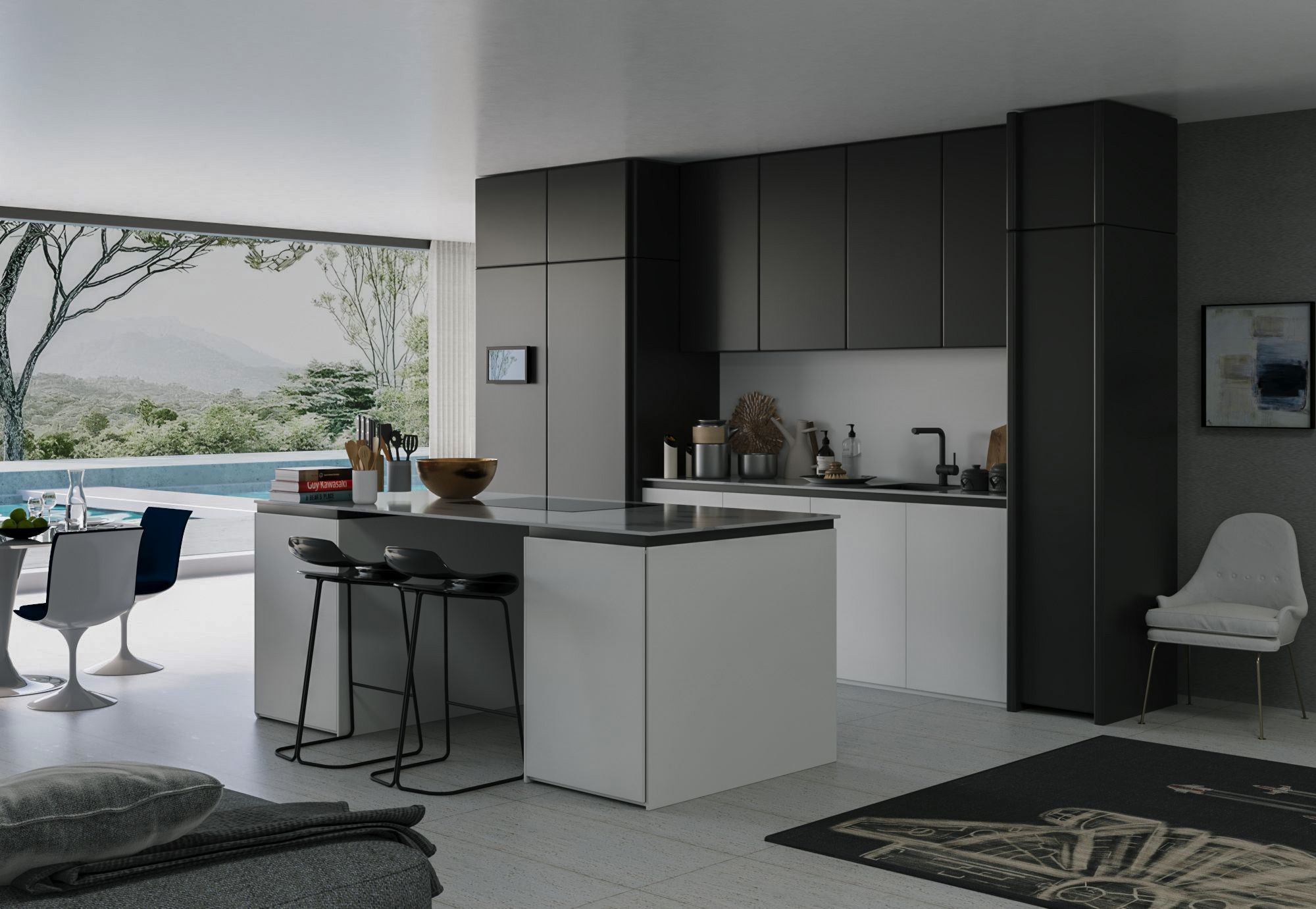
How to Get Started with 3D Digital Rendering
Setting Up Your Workspace
Creating high-quality 3D renders requires the right hardware. Your computer should have a powerful CPU and a dedicated GPU (graphics card), as rendering is highly resource-intensive. A minimum of 16GB of RAM is recommended to ensure your software runs smoothly during complex renderings.
Make sure you install the rendering software that fits your needs and make sure your system is up to the task. If you plan on working with high-resolution textures and complex models, consider investing in a workstation that can handle larger files and more demanding processes.
Mastering the Basics of 3D Modeling
Before you can create a realistic render, you need something to render. That’s where 3D modeling comes in. Learning to create 3D models is the first step in the process.
Each of these programs Blender, 3ds Max, and Maya has tutorials and other tools to help you learn how to make basic shapes and objects. You can move on to more complicated models once you know the basics.
Building Your Portfolio
If you’re serious about 3D rendering portfolio, it’s important to build a portfolio that showcases your best work. Whether you’re an independent freelancer or part of a design team, a strong portfolio will help you land clients and job opportunities. Focus on a mix of render types:
Photorealistic renders, conceptual designs, and any other work that demonstrates your range and ability to use different software tools. You can also learn about Conceptual vs Photorealistic Renderings and judge What fits with your project better
3D Digital Rendering in Different Industries
Architecture and Interior Design
3D rendering is very important in architecture and interior design because it lets designers see how spaces will look before they are built. This lets clients better picture how the design will look and feel, which makes it easier to make choices. 3D rendering shows you everything about a room, from the floor plans to the way the furniture is arranged. It shows you everything from the lighting to the textures.
Product Design
3D rendering lets product designers show off their items in a realistic way before they are made. High-quality product renderings can let you see how your design might look in different real-world situations, whether you’re making a new gadget, piece of furniture, or car. This speeds up the prototype process and helps you find design defects early.
Digital Art and Animation
Digital artists and animators now rely heavily on 3D rendering. In fields like gaming and movies, 3D representations can make everything from realistic characters to realistic settings. Digital rendering is what makes it possible to make a character look real in a video game or bring a complicated scenario to life in an animated movie.
Also Learn: How to make 3D Art
Expert Tips for Stunning 3D Digital Rendering
Lighting: The Key to Realism
One of the most important parts of 3D rendering is lighting. Your pictures will look flat and lifeless without it. Try using different light sources and changing their brightness to make things look more lifelike. To make your scenes look more lifelike, use Global Illumination (GI) to show how light works in the actual world.
Textures: The Secret to Lifelike Renders
To make your 3D models look lifelike, you need to add textures to them. The correct textures can make a smooth glass surface look shiny or make a wooden table feel rough when you touch it. Take your time picking and applying textures, and make sure they fit the 3D models correctly.
Speed Up Your Workflow: Optimize Rendering Time
Rendering big sceneries can take a long time, therefore it’s important to find strategies to speed up your job. To save time, break the scene up into smaller pieces, minimize the number of polygons, and lower the resolution of the textures during test renders. You can make the final product better once you’re happy with the results.
Why Choose Professional 3D Rendering Services?
Time and Cost Efficiency
If you hire professionals to do 3D rendering, you can save time and money. Professionals at 7cgi.com can get you high-quality results faster than you could if you spent hours learning how to use complicated software. This lets you focus on other parts of your project.
Expert-Level Quality
Professionals have the knowledge and abilities to make perfect renderings. We at 7cgi.com are experts at providing high-quality 3D rendering services for architecture, product design, and more. We make sure that your vision comes to life just as you pictured it.
We offer professional 3D rendering services at 7cgi.com that are made just for you.Our staff is ready to assist you get amazing results, whether you’re working on a big architectural project or need photorealistic product representations.
Related FAQ’s
In simple terms, digital rendering means creating images from 3D models using computer software. It involves taking a 3D model and turning it into a realistic image or animation by simulating physical aspects like lighting, texture, and reflection. This process is widely used in industries such as architecture, product design, gaming, and film production to create realistic visualizations.
Digital rendering software refers to the tools used to create 3D models and transform them into realistic images or animations. These programs simulate real-world lighting, textures, and materials to produce photorealistic visuals. Popular examples of digital rendering software include Blender, 3ds Max, V-Ray, and Autodesk Maya. These tools are essential in fields such as architecture, product design, digital art, and animation
While there are some online tools and platforms that allow basic rendering, professional-grade digital rendering typically requires powerful software that runs on a high-performance computer. Tools like Blender, 3ds Max, and V-Ray offer advanced rendering features that are best used offline. However, some cloud-based services do offer rendering solutions that allow you to upload your project and use online resources for faster processing.
Digital rendering is crucial in architecture because it allows architects and clients to visualize designs before construction begins. Using photorealistic renders, architects can showcase how a building or space will look, including lighting, textures, and materials. This helps clients make informed decisions and allows for design adjustments early in the process, saving time and money
Yes! Digital rendering is widely used in product design to create high-quality visualizations of products before they are physically manufactured. Whether you're designing a new gadget, car, or household item, 3D rendering allows you to present your product in realistic environments, making it easier for clients or investors to understand the design. It also helps identify potential design flaws early in the process.



